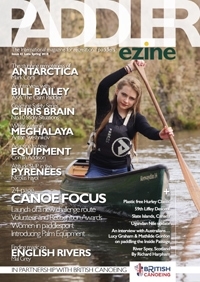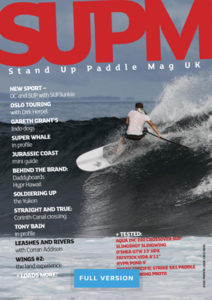You might have seen pictures and videos of people stand up paddle boarding. You can see them while browsing holiday sites or smashing through your Instagram feed.
But SUPs aren’t just a holiday selfie essential. We’ve compiled a list of our top 9 SUP tips so when you hit the water for the first time, you’ll be a pro!
Our top 9 SUP tips
- Where can you try stand up paddle boarding? SUP’s are super accessible. They can be used by all ages and abilities, and they’re FUN! If you’ve decided that you want to give it a try, first thing’s first… where will you go? If you’ve got your own board, the world is your oyster, but if not, find a local centre and give it a try. You could always try Paddle trails as a way to visit new places, and Paddle Awards offer a great way to learn the basics on any craft before you’re let loose on the waterways.
- Think balance. The number one question you’ll hear when out paddleboarding is ‘have you fallen in yet?’ Truth is, paddle boards are more stable than they look. Stand or kneel as close to the middle of the board as possible. Stand up straight, feet hip-width apart, put a slight bend in your knees, and engage your core. This is the perfect posture.
- Leash! Most boards will have a leash. Put the leash on before you get on the water. Which type of leash you need will depend on the type of paddling you do. Check our guide here to stay safe.
- What do you wear? This really does depend on the weather, so check it before you go! If it’s a warm sunny day then shorts, tshirt, flipflops/shoes and a spare pair of dry clothes and towel is really all you need. If it’s cold and frosty, think thermals and waterproofs or a wetsuit/drysuit. You can go barefoot, wear flipflops or trainers depending on the weather. You don’t really need any specialist clothes to get started, so just be sensible.
- Getting on and off. Getting on a SUP for the first time can be a little tricky. Kneel at the side and transfer your weight slowly onto the centre of the board. Remember, knees hip width apart! From there, you can slowly stand up once you’ve got your balance. Getting off, just repeat the process but the opposite way around.
- Holding your paddle. When you’re on the water with your paddle in hand, one hand should be holding the top of the paddle, and one hand should be around midway down at a comfortable point for you.
- Moving forward. Short strokes work best for keeping your board moving and in a straight line. Put the paddle in at the front and take out by your feet, pulling the water back to propel you forward. Take a look at this video by our friends at Red Paddle Co to see how it’s done.
- Turning. At some point, you’re going to need to turn around. There are a few ways to do this, but one easy way is to do two long strokes (front to back) on one side, and then two long backward strokes on the opposite side (back to front). Top SUP tips: Practice your forward and backward stokes a little before you go for the turn. The backwards one can feel a little weird at first, but that’s perfectly normal!
- Confidence is King, or Queen. If you take away one thing from this article, let it be this one! Be confident in your ability and what you’re doing. The more confident you are, the less wobbly you will be. Top SUP tips: Don’t be scared to stand on different parts of the board to see how they feel.
Now you’ve seen our top 9 SUP tips, you’re all ready and raring to go! But one last thing before you do… don’t forget to smile… it’s supposed to be fun!
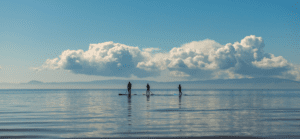
Where can I stand up paddle board in the UK?
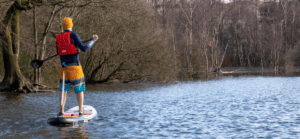
Paddleboarding – The Basics

Do I Need A Fin On My Paddleboard?
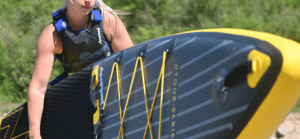
A Beginners Guide to Touring Paddleboards
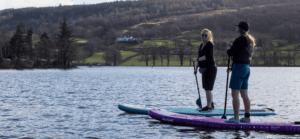
Carers or Companions Paddle UK Membership
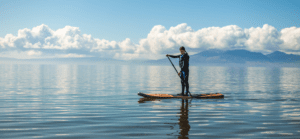
Avoiding Paddling in Offshore Winds

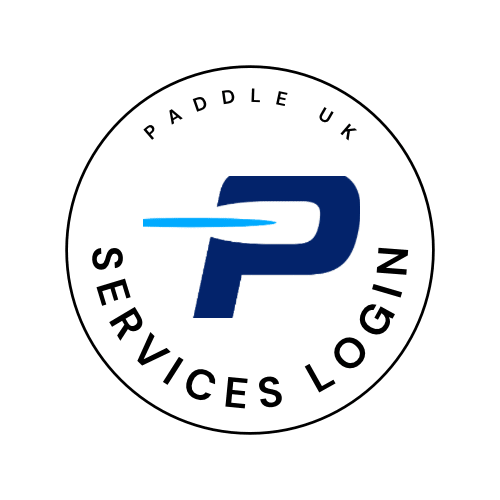
 Go Paddling
Go Paddling Clear Access Clear Waters
Clear Access Clear Waters Paddles Up Training
Paddles Up Training Clubhouse
Clubhouse Services Login
Services Login
